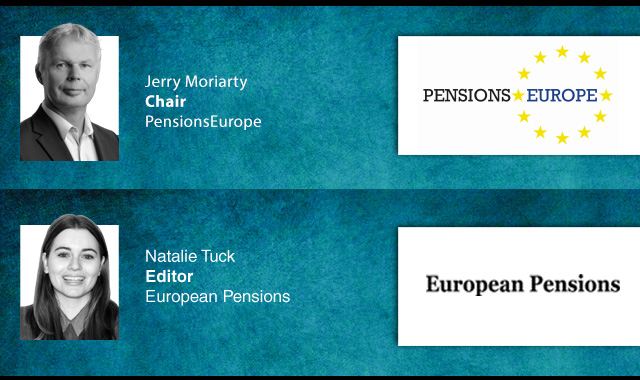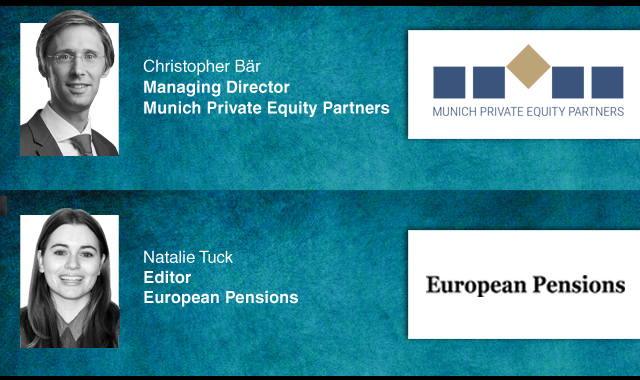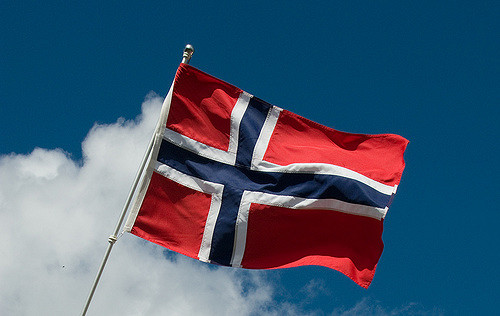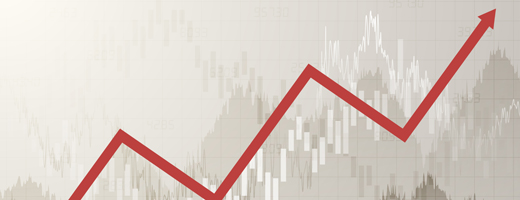Austrian pension funds' assets under management remained "virtually unchanged" at €28.6bn at the end of June, despite negative returns, while company severance funds' AUM reached a record €22bn, the Financial Market Authority (FMA) has revealed.
The FMA said the 0.04 per cent increase in pension funds' AUM was primarily due to price corrections in equity portfolios, which reduced investment performance to -0.12 per cent in the second quarter (-0.87 per cent for the year to date).
The Association of Austrian Occupational Pension and Provision Funds also recently described geopolitical tensions and volatility in financial markets as a “difficult environment”.
The investment mix of Austria's pension funds showed little change over the quarter, however, with 41 per cent in equities and 31 per cent in bonds, complemented by allocations to cash, property, loans and other assets.
The number of pension fund beneficiaries did increase slightly, though - by 0.6 per cent - to approximately 1.12 million across the quarter.
Of these, some 155,000 members (14 per cent) are already in retirement drawdown.
In contrast, assets managed by Austria's corporate severance funds (BVK) reached a record high of €22bn in AUM at the end of June, an increase of 2.5 per cent compared to the end of March.
Investment returns contributed to this in part, as the FMA said the lower equity allocation in the pension funds' portfolios resulted in a positive investment performance of 0.73 per cent in the second quarter, with a year-to-date return of 0.34 per cent.
In particular, the group said that more conservative allocations - 65 per cent in bonds and only 16 per cent in equities - shielded BVKs from the worst of the equity volatility.
The FMA's report also confirmed that, of the eight BVKs, two have already established a capital guarantee reserve of at least 1 per cent of the total severance pay entitlements.
The average capital guarantee reserve as a share of the total severance pay entitlements for all BVKs was 0.91 per cent at the end of the second quarter of 2025.
Meanwhile, the number of entitlements (including multiple entitlements at several BVKs) remained largely unchanged at 11.3 million.
The FMA also released, for the first time, a breakdown of costs across the two fund types, revealing significant divergence due to the variety of company agreements and pension fund contracts.
For pension funds, direct charges paid by members ranged widely from 0.2 to 0.9 per cent of assets in 2024, averaging 0.4 per cent (€103.3m in total), with expenses showing a similar spread.
BVKs, by contrast, displayed a narrower range: direct costs averaged 0.8 per cent (€175.5m), while expenses averaged 0.5 per cent.
Latest News
-
UK BPA market set to exceed £50bn in 2026 amid ‘strategic crossroads’ for trustees
-
36% of Finnish retirees think older workers are seen as a burden, Elo survey
-
41% of young Dutch adults say saving is most important financial resolution
-
Dutch pension funds mark key milestones in transition to new system
-
BNP Paribas brings AXA IM under single asset management platform following acquisition
-
Denmark’s Sampension acquires stakes in EU wind farms in two separate investments
Podcast: Stepping up to the challenge

In the latest European Pensions podcast, Natalie Tuck talks to PensionsEurope chair, Jerry Moriarty, about his new role and the European pension policy agenda
Podcast: The benefits of private equity in pension fund portfolios

The outbreak of the Covid-19 pandemic, in which stock markets have seen increased volatility, combined with global low interest rates has led to alternative asset classes rising in popularity. Private equity is one of the top runners in this category, and for good reason.
In this podcast, Munich Private Equity Partners Managing Director, Christopher Bär, chats to European Pensions Editor, Natalie Tuck, about the benefits private equity investments can bring to pension fund portfolios and the best approach to take.
In this podcast, Munich Private Equity Partners Managing Director, Christopher Bär, chats to European Pensions Editor, Natalie Tuck, about the benefits private equity investments can bring to pension fund portfolios and the best approach to take.
Mitigating risk
BNP Paribas Asset Management’s head of pension solutions, Julien Halfon, discusses equity hedging with Laura Blows
© 2019 Perspective Publishing Privacy & Cookies







Recent Stories